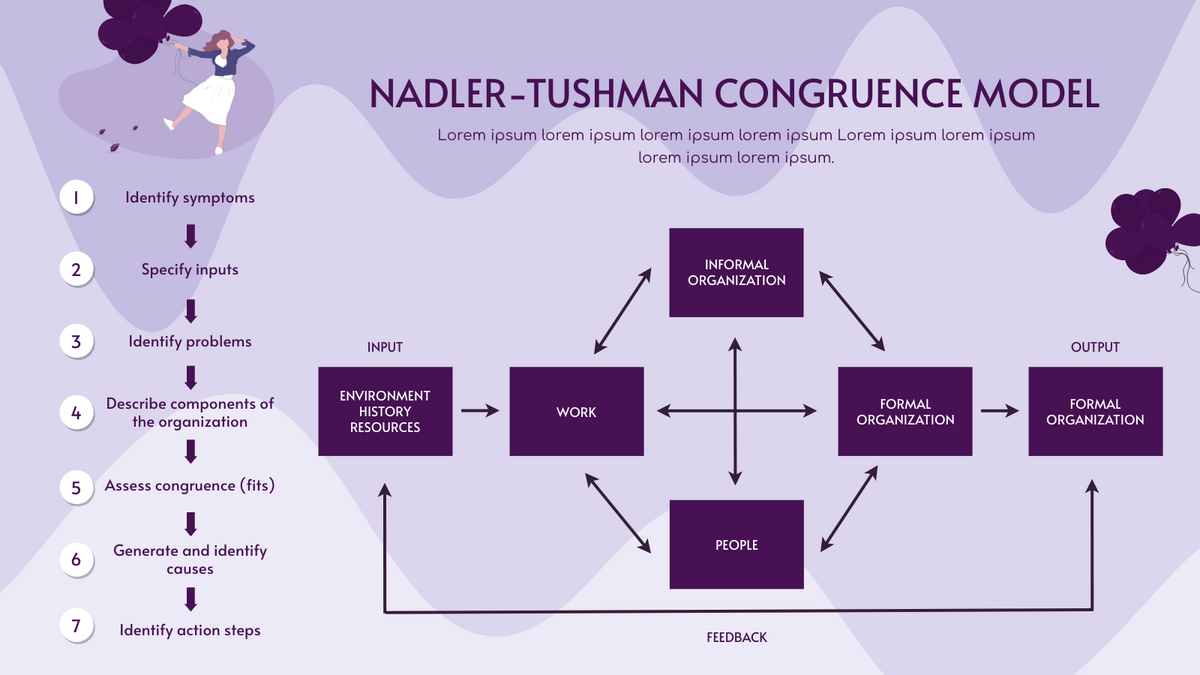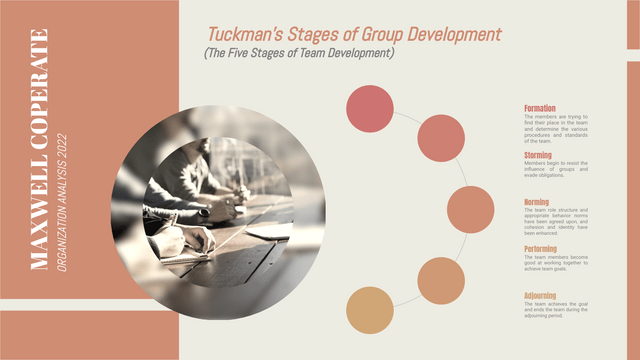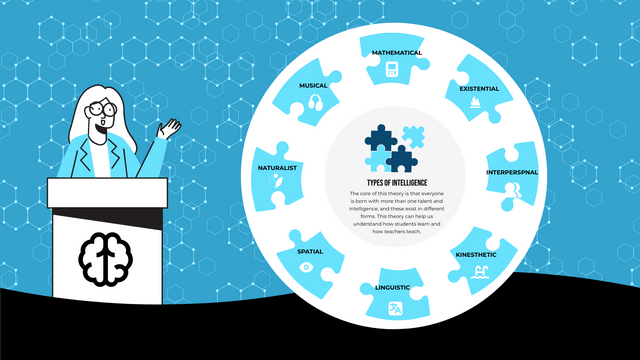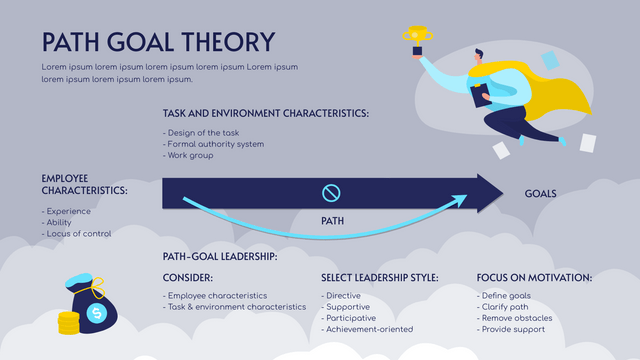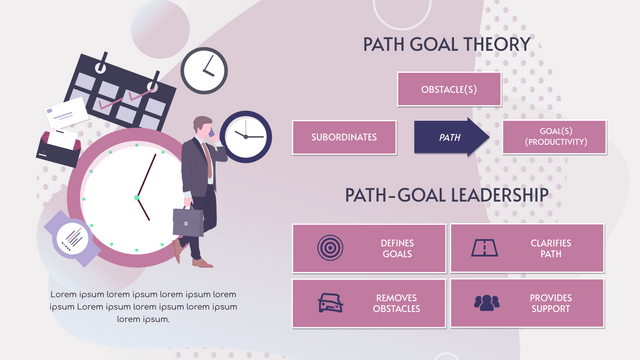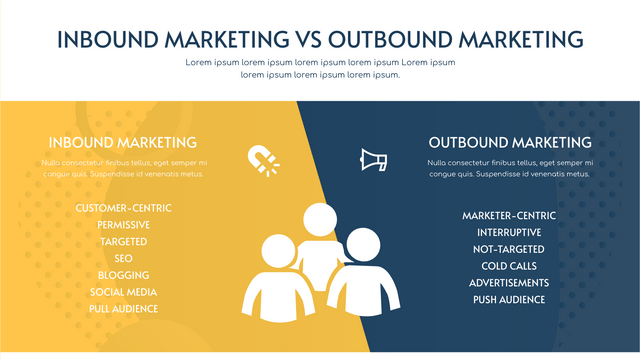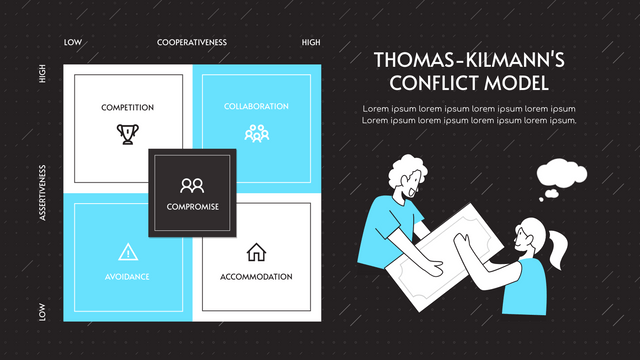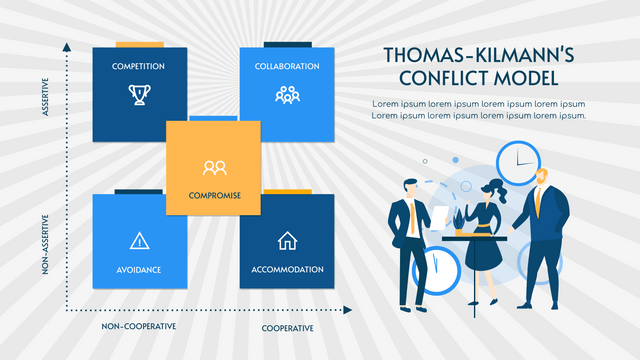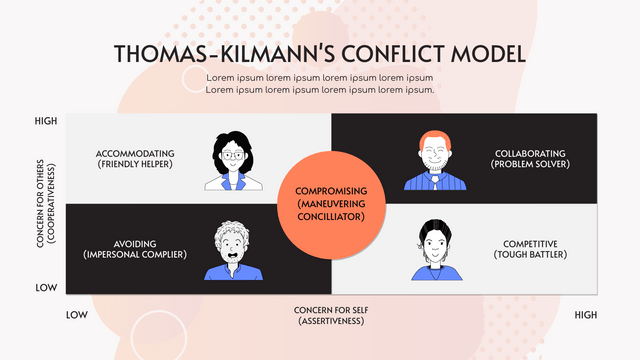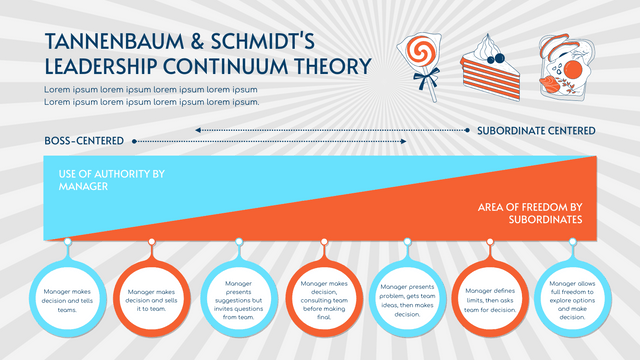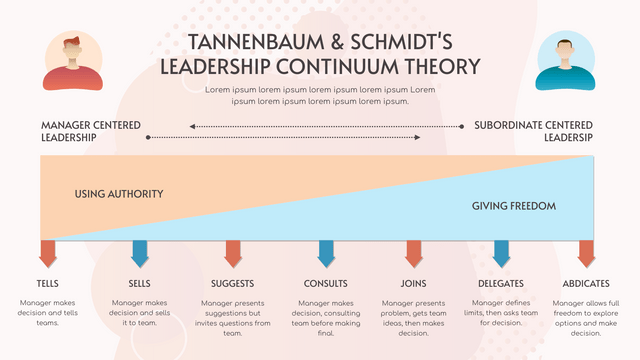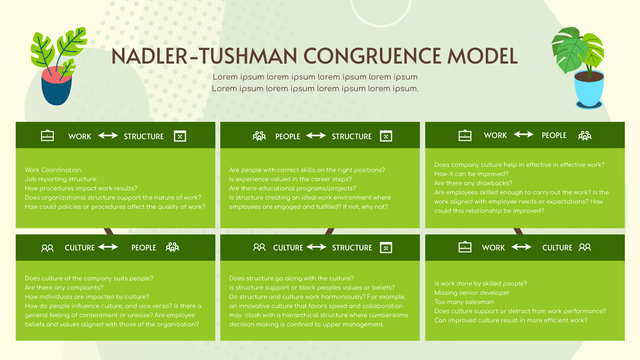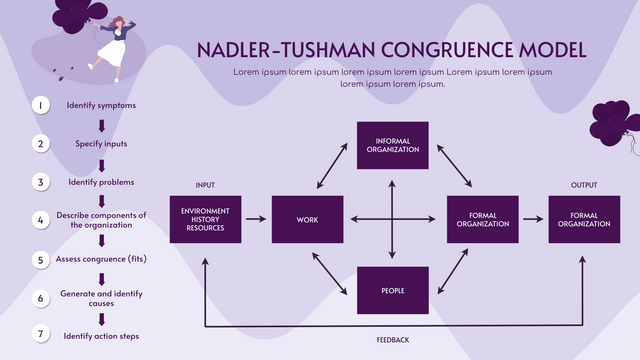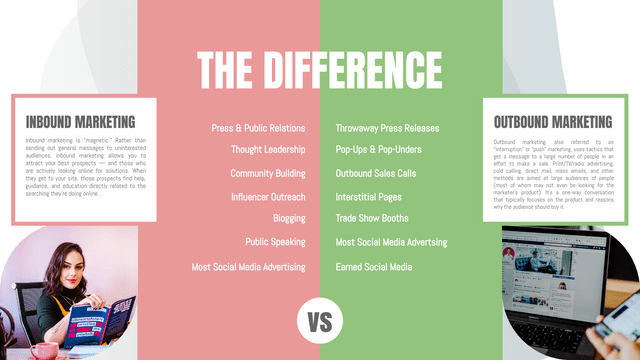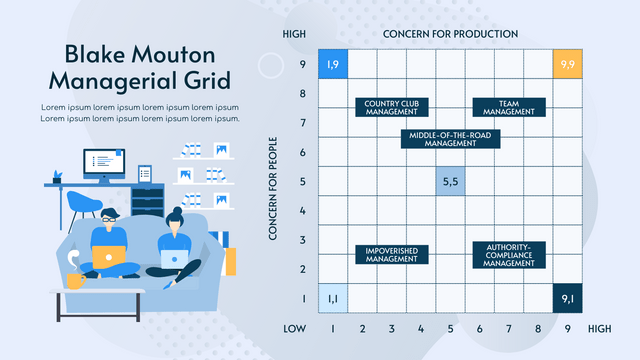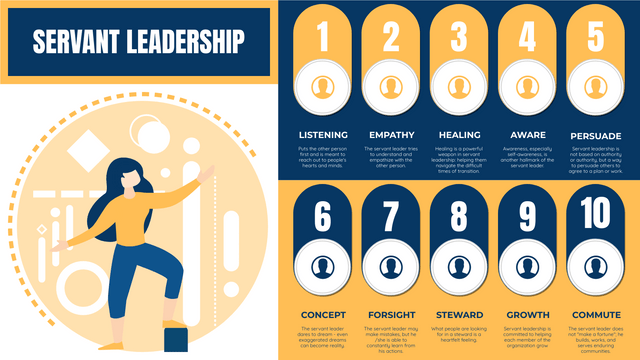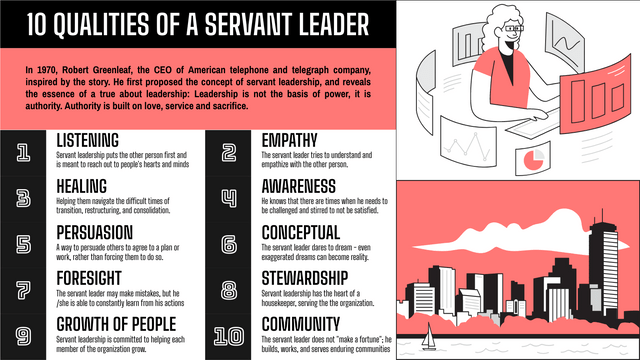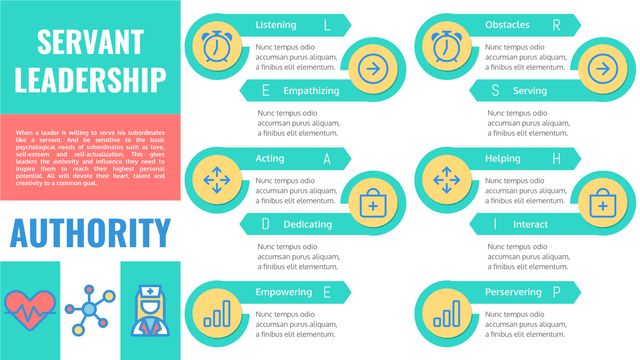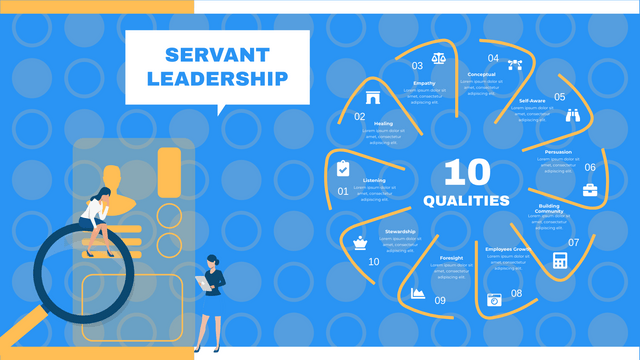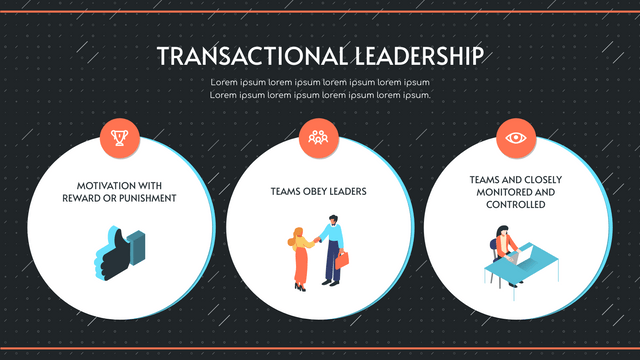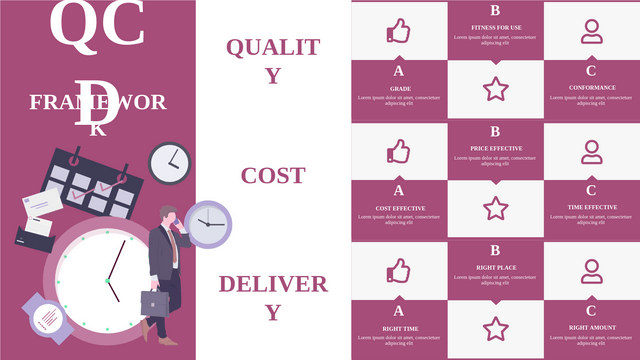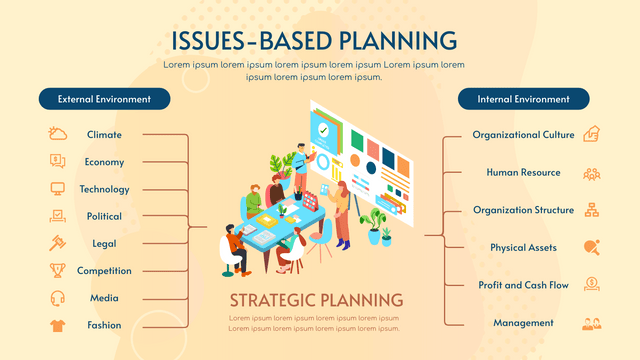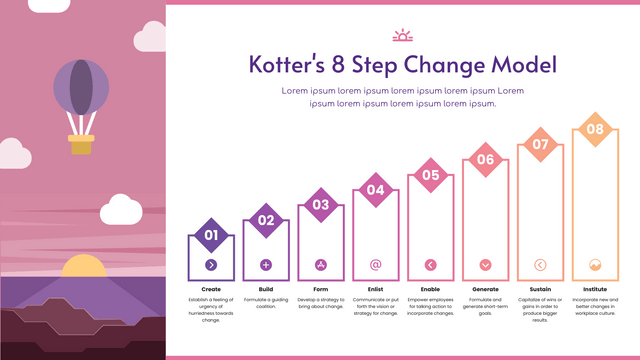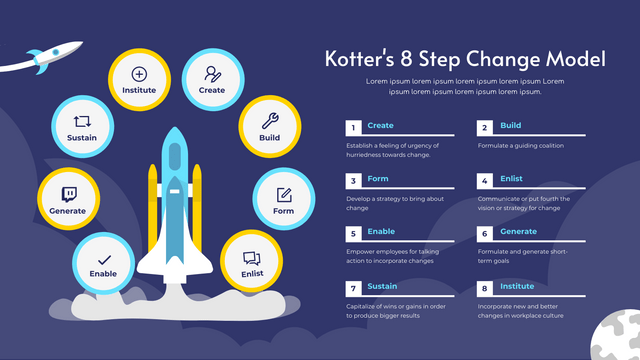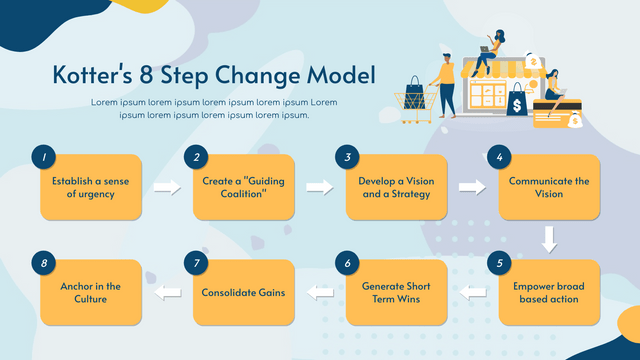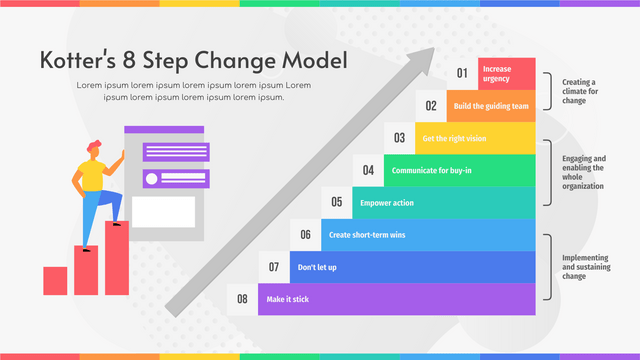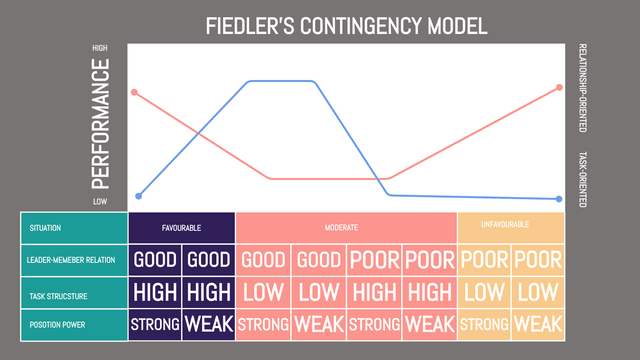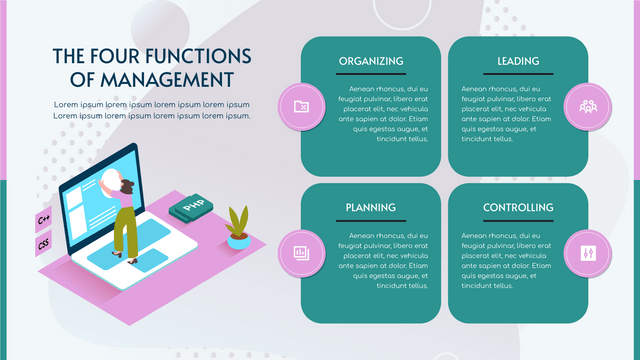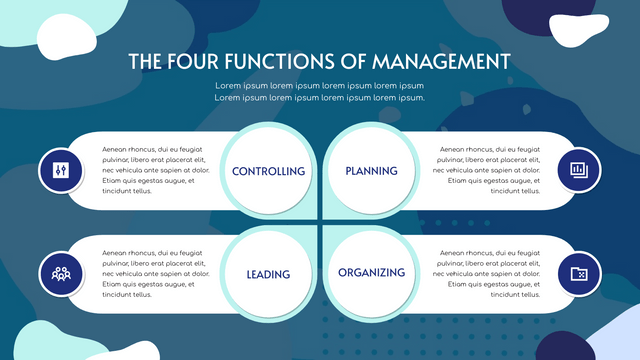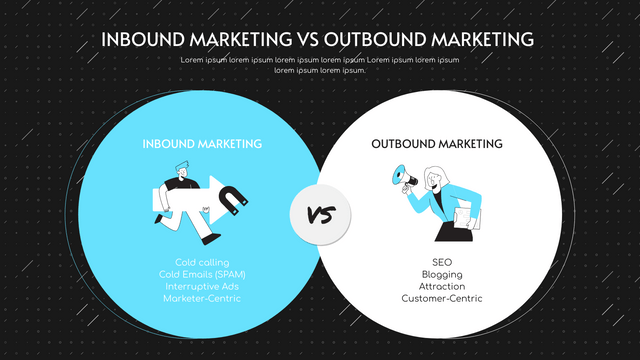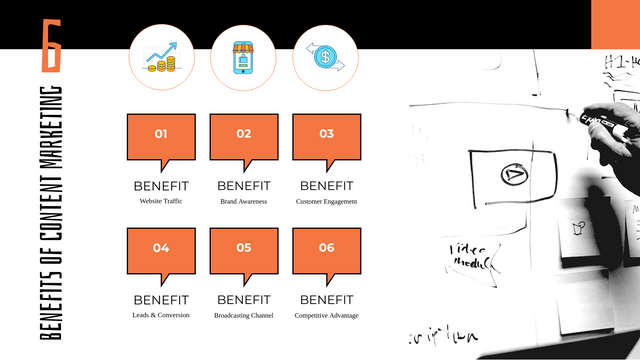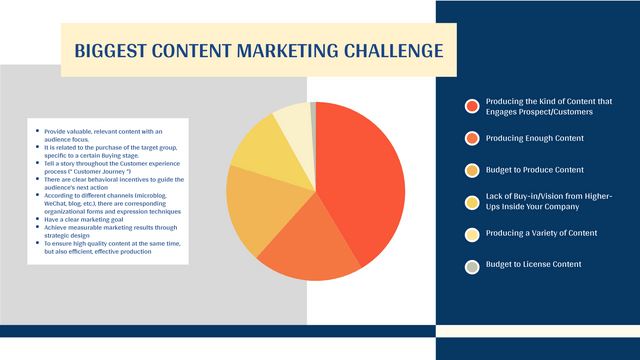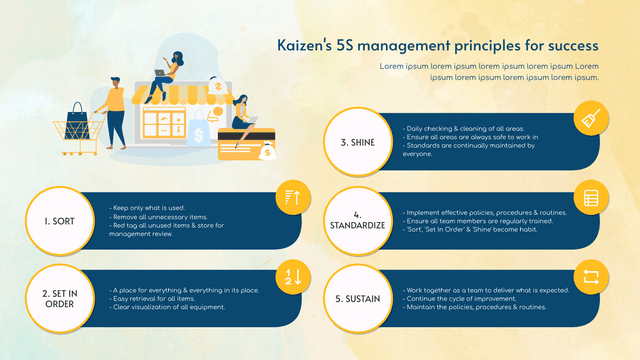What is the Nadler-Tushman congruence model?
The congruence model was put forward by organization theorists David Nadler and Michaell Tushman in the early 1980s. The basic premise of the Nadler-Tushman congruence model is that only when the four categories: (work, people, structure and culture) are consistent can a firm achieve high performance.
The congruence model is a powerful tool for identifying the root cause of performance problems which can serve as a starting point for determining how to fix these four factors. It is based on the principle that a team or organization can only succeed if the work, the people who do it, the organizational structure and culture all fit together, or in other words, if they are consistent (or congruent as suggested by the name of the model).
If these four key elements are inconsistent or do not match, problems will arise. The Congruence Model help to analyze how well the key components of your team or organization interact.
The Structure of the Nadler-Tushman congruence model
There are four key components in the Nadler-Tushman framework: work, people, culture and structure. Basically, these aspects influence the organization's efficiency. The greater the coherence of the four components, the greater the efficiency of the enterprise. And thus, the company's objectives would also be easier to reach. The incompatibilities discovered can be resolved or the procedurally improved. You will thus enhance the mechanism and even boost the organization's success potential.
Analyze the interaction of the four categories by arranging the categories into six pairs.
We then analyze the interaction that occurs between each the six categories as follows:
Work and people. Are employees skilled enough to carry out the work? Is the work aligned with employee needs or expectations? How could this relationship be improved?
Work and structure. Does organizational structure support the nature of the work? How could policies or procedures affect the quality of work?
Structure and people. Is structure creating an ideal work environment where employees are engaged and fulfilled? If not, why not?
People and culture. How do people influence culture, and vice versa? Is there a general feeling of contentment or unease? Are employee beliefs and values aligned with those of the organization?
Culture and work. Does culture support or detract from work performance? Can improved culture result in more efficient work?
Structure and culture. Do structure and culture work harmoniously? For example, an innovative culture that favors speed and collaboration may clash with a hierarchical structure where cumbersome decision making is confined to upper management.
Nadler-Tushman Congruence Model Template
Here is a Nadler-Tushman Congruence Model template created with Visual Paradigm's online strategic analysis tool. You can customize this template by modifying the text, color and font, and use it in your presentations and reports.
